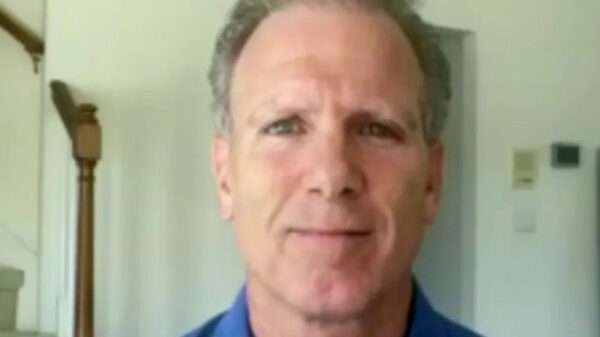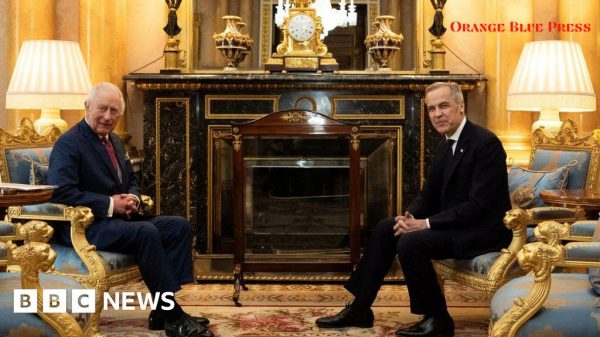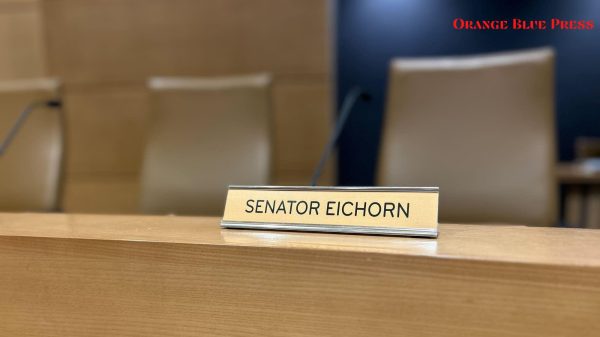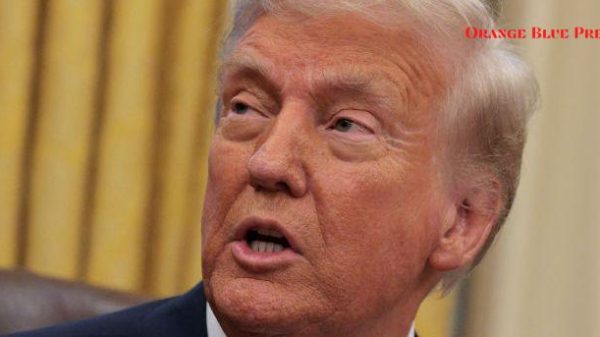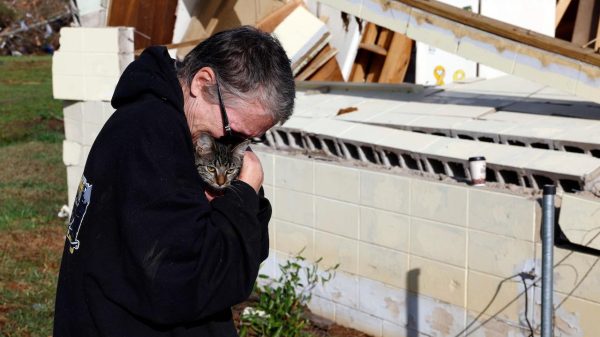President Joe Biden has signed a bipartisan congressional resolution to end the U.S. national emergency in response to the COVID-19 pandemic.
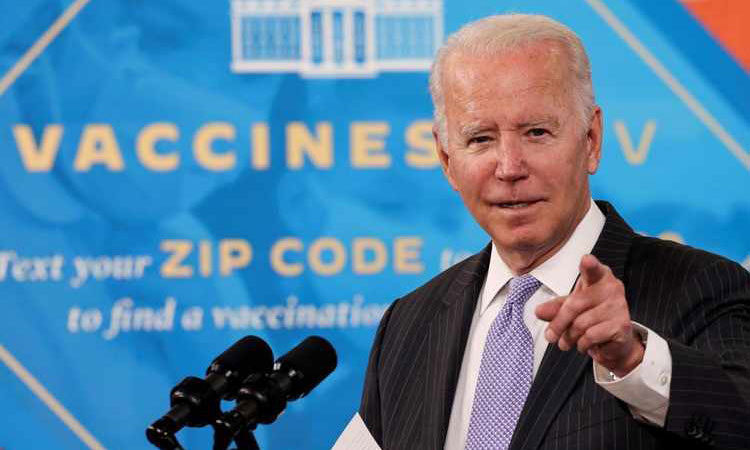
Pres. Joe Biden to end the pandemic in the U.S. (Photo: CNN)
Public Health Emergency in the U.S.
The national emergency has been in place for three years but was set to expire in a few weeks alongside a separate public health emergency. The move allowed the government to take sweeping measures to respond to the virus and support the country’s economic, health, and welfare systems. Some of the emergency measures have already been successfully wound down, while others are still being phased out.
The public health emergency, which underpins tough immigration restrictions at the U.S.-Mexico border, is set to expire on May 11. Biden signed the measure behind closed doors, after having publicly opposed the resolution, though he did not issue a veto.
Over 197 Democrats in the House voted against it when the GOP-controlled chamber passed it in February. However, Biden let lawmakers know he would sign it when it passed the Senate by a 68-23 vote last month, according to a report published in ABC News.
READ ALSO: “Pandemic Is Over”: Biden Urged To End Covid Public Health Emergency Senate Object
Administration to Prepare Different Agencies
In a published article in the U.S. News, the administration said it worked to expedite agency preparations for a return to normal procedures once it became clear that Congress was moving to speed up the end of the national emergency.
Among the changes, the Department of Housing and Urban Development’s COVID-19 mortgage forbearance program is set to end at the end of May, and the Department of Veterans Affairs is now returning to a requirement for in-home visits to determine eligibility for caregiver assistance.
The U.S. has recorded over 1.13 million deaths from COVID-19 over the last three years, according to the Centers for Disease Control and Prevention. Then-President Donald Trump’s Health and Human Services Secretary Alex Azar first declared a public health emergency on Jan. 31, 2020, and Trump declared the COVID-19 pandemic a national emergency that March.
The emergencies have been repeatedly extended by Biden since he took office in January 2021, and he broadened the use of emergency powers after entering the White House. However, with the end of the national emergency, agencies will need to adjust to a return to normal procedures.







